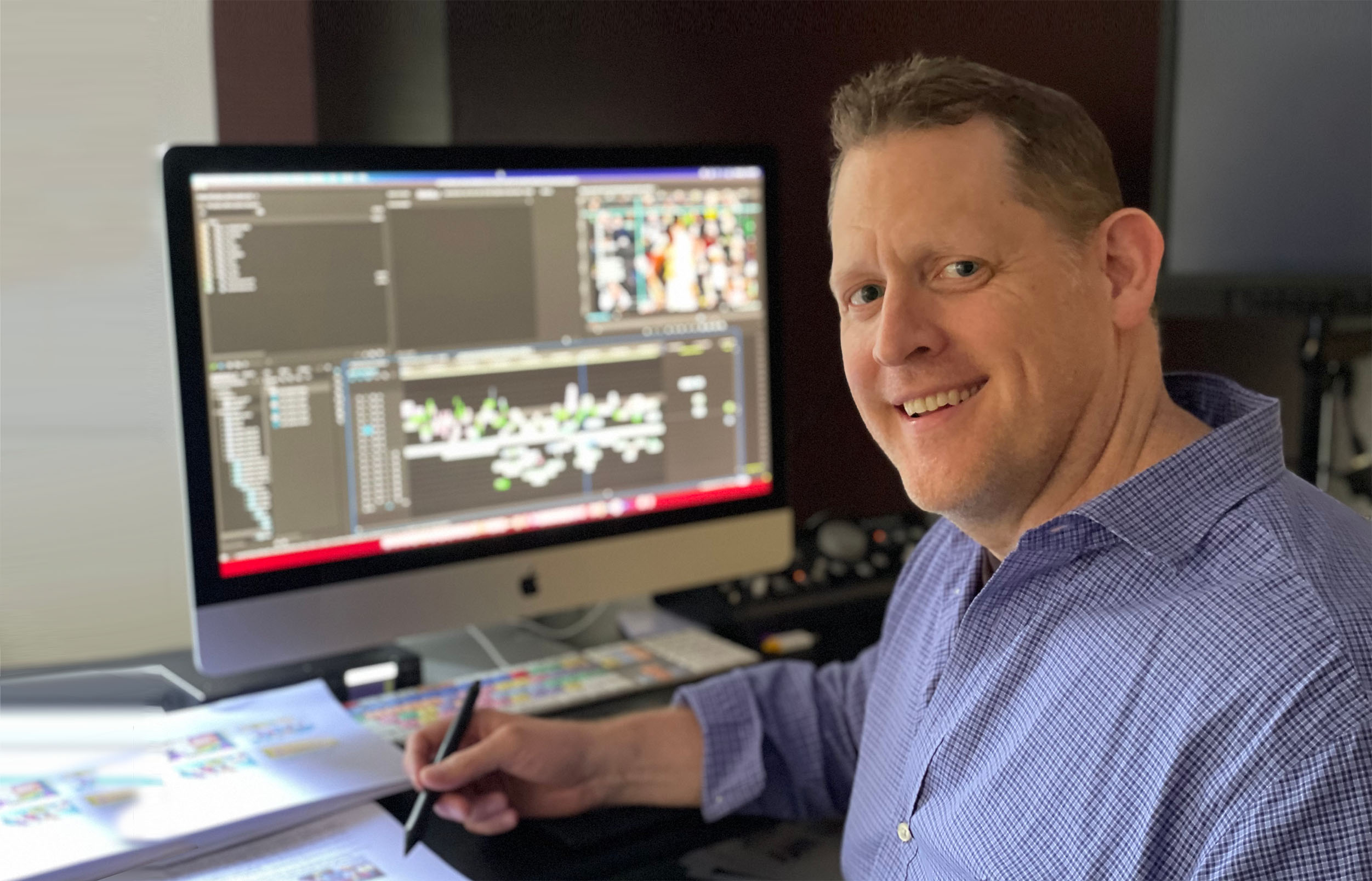Always eager to discuss creative solutions to difficult problems, our senior editor and partner Chris Gipson recently sat down with Post Perspective to share how editorial production companies like Republic are embracing new technologies and new ways of working that were learned during the pandemic.
At the beginning of the initial lock-down, our artists simply grabbed their workstations and took them home, while a few used software to remote into their studio workstations. Although this worked in a pinch as a short term solution, this patchworked approach was not very efficient, and made collaboration between our artists cumbersome, leaving many of them on virtual islands. As the pandemic continued, Chris worked with our tech team to implement new remote protocols that made the collaboration of artists’ work from home set-ups much easier.
Today, our artists’ home set-ups take advantage of improved offerings, from solutions that seamlessly sync files on artists’ home workstations to the studio servers at Republic, to other advanced remote desktop set-ups that allow artists to control and run studio workstations from their homes. Although all of these were adopted as a way to effectively maintain our operations while trying to limit our in-studio footprint due to Covid safety protocols, these changes today make collaboration between our artists and our clients considerably easier, with an added benefit of enhanced flexibility.
Republic’s offline editors utilize a ‘parallel synced setup’ via a Promax system which allows artists to quickly and easily switch between working from home and from the studio. Due to the smaller file-size of the offline transcodes, the ProMax hub is able to quickly and efficiently keep the files synced between the on-prem studio servers at Republic and the editors’ home RAIDS. Our finishing artists on the other hand, who are utilizing much larger files, use a newer and more sophisticated remote desktop solution in Teradici CAS. This allows them to remote directly into their high-powered boxes at the studio from home with very low latency.
Both our artists and our clients are seeing the creative benefits these types of setups have to offer. In addition to enhanced focus and productivity for our artists, they have an open opportunity to capitalize on artistic inspiration whenever it strikes. Clients are equally able to utilize this increased flexibility to their benefit. As an example, several weeks ago, when clients unexpectedly dropped by Republic’s Uptown studio in the late afternoon after our Flame artist had left for the day, our Flame artist was able to drive and run the Flame session from home with his clients and a Republic producer in his Flame suite at Republic.
More and more our artists are finding additional ways to take advantage of the benefits of new remote technologies like these. Whenever possible, our offline and online editors watch an ongoing production’s Zoom feed to not only gather information but also provide the opportunity to raise red flags during a shoot in real-time. Plus tools like Teradici CAS mean one of our partnered Flame artists living in LA can simply use a tablet, a monitor and high-speed internet to tap in and work off of one of our robust Flame systems in Dallas.
Read more in the full Post Perspective article with Chris Gipson here.
